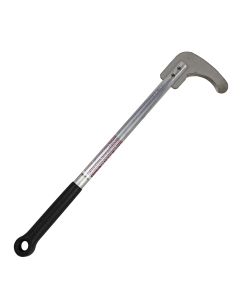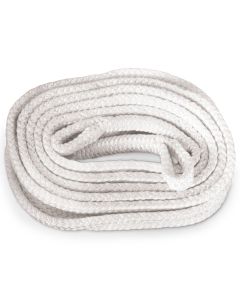Hoof care is an important aspect of beef cattle management, as the health of the hooves can significantly affect the overall health and productivity of the animal. Proper hoof care can help to prevent problems such as lameness, foot rot, and other hoof ailments, which can cause discomfort, reduce weight gain, and decrease the animal's overall productivity.
To care for the hooves of beef cattle, it is important to regularly trim and balance the hooves to maintain their proper shape and function. This should be done by a trained and experienced hoof trimmer, who will use specialized tools to remove excess hoof growth and shape the hoof to allow for proper weight distribution. In addition to regular trimming, it is important to check the hooves regularly for signs of injury or infection and to address any problems promptly.
Good management practices can also help to support hoof health in beef cattle. This may include providing a dry and clean environment for the animals to reduce the risk of hoof problems, as well as providing a balanced and nutritionally complete diet to support the overall health of the animal.
In addition to regular hoof care, it is important to implement a hoof health program to prevent and control hoof problems on the farm. This may include regularly inspecting the hooves of the animals, implementing biosecurity measures to prevent the spread of hoof infections, and using proper hoof cleaning and disinfection techniques. By implementing these measures, farmers and ranchers can help to maintain the health and productivity of their beef cattle.
There are several signs that may indicate a hoof health problem in beef cattle, including:
- Lameness: Lameness, or difficulty walking, is a common sign of hoof health problems in beef cattle. Lameness may be caused by a variety of hoof problems, such as foot rot, abscesses, or injuries to the hoof.
- Swelling or inflammation: Swelling or inflammation of the hoof or surrounding tissues may be a sign of an infection or injury.
- Discharge or odor: Discharge or an unpleasant odour from the hoof may indicate an infection or other problem.
- Changes in hoof shape or structure: Changes in the shape or structure of the hoof, such as cracks or deformities, may indicate a hoof health problem.
- Reduced weight gain or productivity: Hoof health problems can cause discomfort and reduce the animal's ability to walk, which can lead to reduced weight gain and overall productivity.
There are several steps that can be taken to care for the hooves of cattle:
- Regular hoof trimming: Hoof trimming should be performed by a trained and experienced hoof trimmer, who will use specialized tools to remove excess hoof growth and shape the hoof to allow for proper weight distribution. Hoof trimming should be performed at regular intervals, depending on the specific needs of the animal and the rate of hoof growth.
- Regular hoof inspections: Farmers and ranchers should regularly inspect the hooves of their cattle for signs of injury or infection, such as lameness, swelling, discharge, or changes in hoof shape or structure. Any problems should be addressed promptly to prevent further complications.
- Provide a dry and clean environment: A dry and clean environment can help to prevent hoof problems such as foot rot, which thrive in moist and dirty conditions.
- Provide a balanced and nutritionally complete diet: A balanced and nutritionally complete diet can help to support the overall health of the animal, including the health of the hooves.
- Implement a hoof health program: To prevent and control hoof problems on the farm, farmers and ranchers should implement a hoof health program that includes regularly inspecting the hooves of the animals, implementing biosecurity measures to prevent the spread of hoof infections, and using proper hoof cleaning and disinfection techniques.

![Top Shot Purple Hoof Spray [1 Qt]](https://www.armoranimalhealth.com/static/version1707953401/frontend/aah/default/en_US/Magento_Catalog/images/product/placeholder/small_image.jpg)


![Mastervet Master Hoof Topical [Turquoise] (10 Ib)](https://www.armoranimalhealth.com/media/catalog/product/cache/e914555b100ef56353ce6dd3a88e0faa/m/v/mv_master_hoof_topical_28085_printer.jpg)
![Epsom Salt Poultice [20 oz]](https://www.armoranimalhealth.com/media/catalog/product/cache/e914555b100ef56353ce6dd3a88e0faa/e/p/epsom_salt_poultice_20_oz_.jpg)